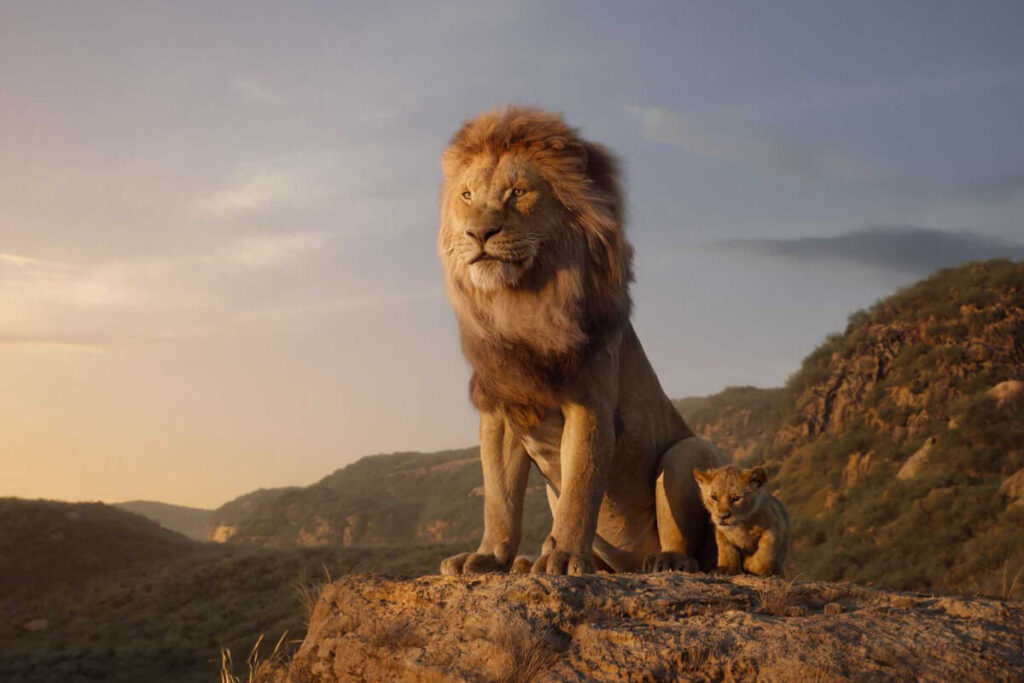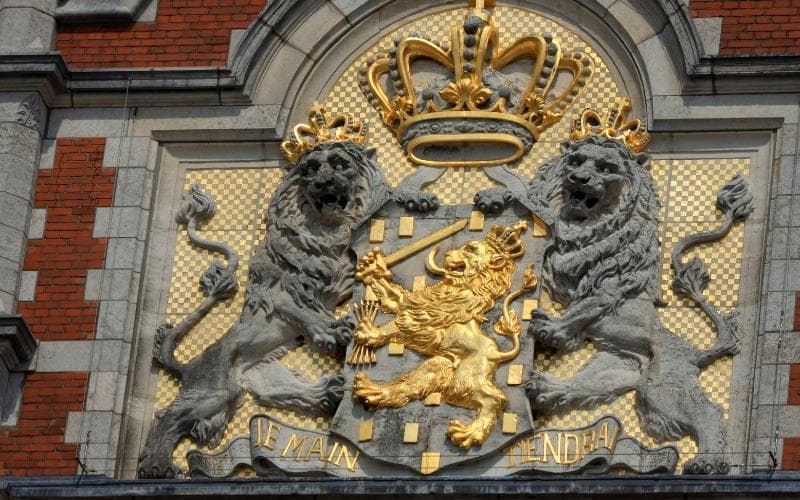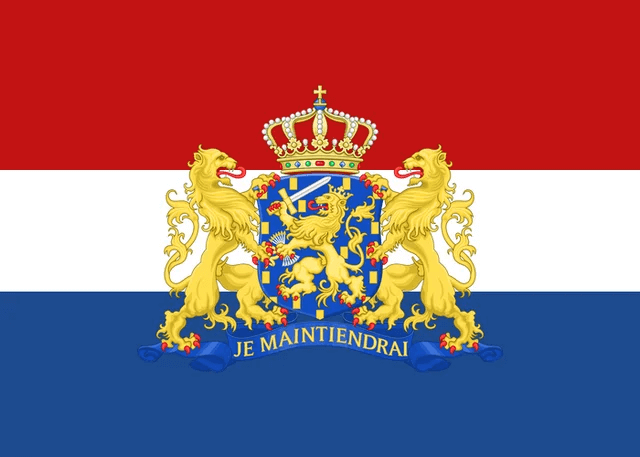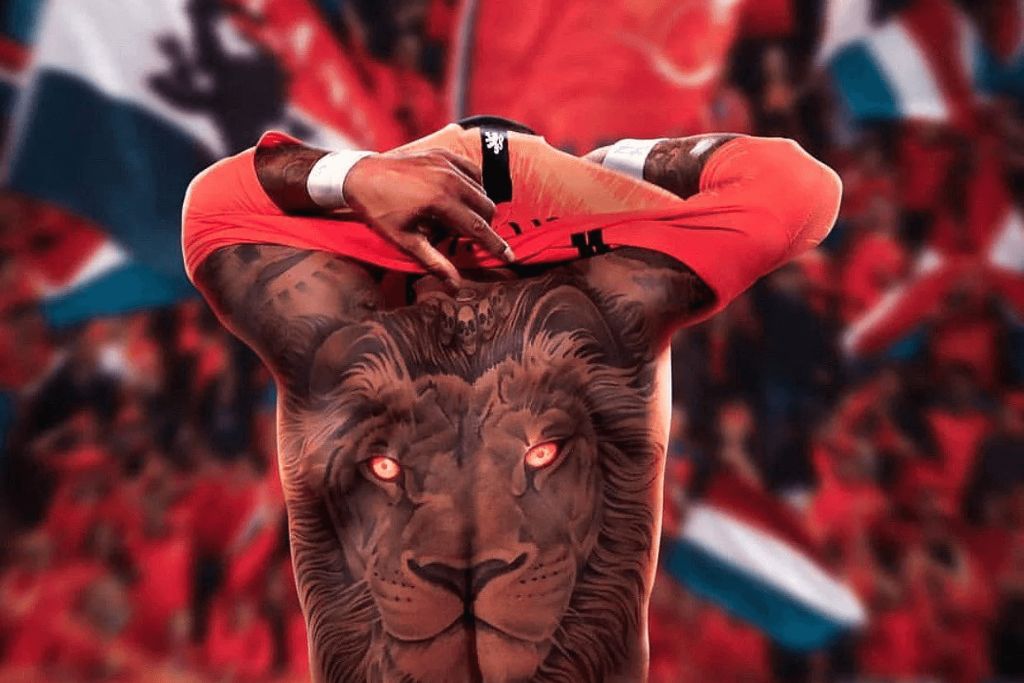A national animal is something that almost every nation has. They are typically used to represent anything particular about that nation. The emblematic animal of some nations is well known to all, but the national animal of The Netherlands will make you excited. Have you ever heard “Dutch Lion”?
What Is The National Animal Of The Netherlands?

The lion is the Netherlands’ national animal. The animal, which is depicted on the coat of arms, represents the Netherlands. The national soccer squad also goes by the moniker “orange lions.” But there are no wild lions present in the Netherlands. What makes the Netherlands’ national animal such an alien species? What does that mean, too?
Why Is The Lion The National Animal of The Netherlands?
A key player during the conflict indirectly contributed to the lion becoming the national animal of the Netherlands. One of the most well-known historical individuals from the Netherlands goes by the name of Willem van Oranje-Nassau.
He was a nobleman who lived in the Netherlands and was from the German section of Nassau. He was the duke of Orange, a region in France. Since the 12th century, two lions have formed a part of the Nassau family’s coat of arms. In European folklore, the lion has always represented strength and courage.

The lion came to represent the entire resistance movement when Willem van Oranje took the helm of the Dutch uprising against the Spanish occupation. Additionally, the lion began to wield a sword and a bow to represent the conflict with the Spanish. The lion was a symbol of courage.
After the conflict was over, the Dutch kept the lion on their coat of arms as a tribute to Willem van Oranje and those who fought beside him for Dutch independence. The lion remained on the Dutch coat of arms and developed into a significant aspect of Dutch identity, to the point where it was designated as the country’s national animal.
You can explore What Not To Bring Back From The Netherlands?
How Important Is The Dutch Lion – National Animal Of The Netherlands – To The Dutch?
The Dutch lion continues to play a big influence in several aspects of Dutch culture.
Football

The lion frequently appears as a logo for the Dutch national team. It has long been a component of the Dutch team’s uniform, and in 2020, Nike gave the Dutch national team new shirts that feature the lion more prominently than ever.
A competitive setting can benefit from the lion’s symbolic meaning. The lion represents strength, bravery, and fortitude.
As football star Virgil van Dijk of the Netherlands put it:
“We need the mentality of a lion to be successful, and we shall show everyone how proud and powerful we are!”
Even more, solidifying the lion’s status in Dutch football culture, the lion appears in a few chants.
The Dutch Coat Of Arms
The Dutch lion has served as the country of the Netherlands’ emblem for a very long time, and the government is now authorized to use it. The Dutch coat of arms includes three Dutch lions.

The origins of coats of arms can be traced back to ancient European times. While they may appear to be quite alike, each nation has its own distinctive design. Three lions make up the Dutch coat of arms. The lion in the middle, which is almost identical to the lion depicted on the coat of arms during the 80 Years’ War, is holding a sword and some arrows. The crown that sits atop the crest represents the Dutch monarchy.
Even while other nations do not frequently employ their coats of arms, the Netherlands does so frequently. This is related to the coat of arms’ status as the Dutch government’s official logo. The coat of arms is stylized and appears on all official properties, correspondence, and websites. All Dutch passport covers still display the original artwork.
Leo Belgicus

The “Leo Belgicus” is a less well-known application of the Dutch national animal. The Latin name for this is “The Belgian Lion.” A style of cartography from the 16th century known as the Leo Belgicus was once very common. Drawing a map of the low countries—a historical term for the Netherlands, Belgium, and Luxemburg—in the form of a lion was part of this exercise.
The Austrian cartographer Michal Eytzinger invented this type of cartography around 1583. The map is more intriguing to look at because it was drawn in this fashion, but it also has a deeper meaning. As was previously established, the lion represented the Dutch uprising against the Spanish authorities. Willem van Oranje frequently used it to encourage bravery in troops battling for Dutch independence. Making a shape-based map of this region helps to further realize the notion of a little country battling valiantly and tenaciously.
Why Is It Known As The Belgian Lion Then?
For a long period, the Netherlands and Belgium were one nation. They have a common cultural heritage, speak the same language (for the most part), and have a variety of other connections.
The tribe known as the “Belgae” who lived there in antiquity gave rise to the term Belgium, which eventually came to refer to the entire region of Belgium, the Netherlands, and Luxemburg. Following Belgian independence, the name was only associated with just one nation.
The origins of the national animal of the Netherlands span several eras of Dutch history, from the 80 Years’ War to some Austrian cartographers. However, the icon has not yet vanished. The Dutch lion is a common emblem in many facets of contemporary life. The Dutch lion is just one more illustration of how everything in history is interrelated and that it never ends.

I likewise believe therefore, perfectly written post! .